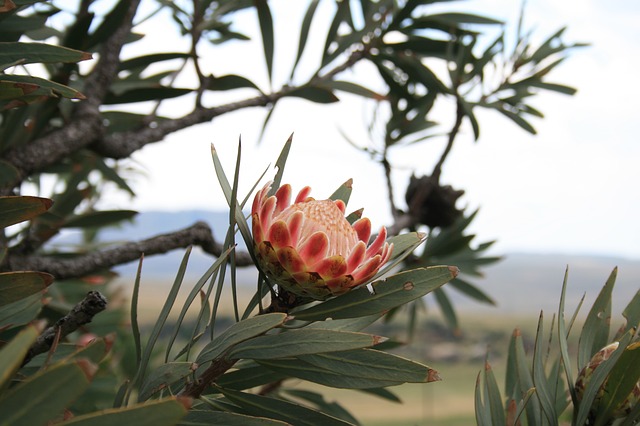The Western Cape has been identified as one of the biggest hotspots in the world for plant extinction in a new study published in the journal Nature Ecology and Evolution, which focuses on plant extinction rates documented from 1900 onwards.
Since the 1900s, the Western Cape has documented the loss of 37 plant species. This loss forms part of a total of 600 tree, fruit-bearing plant and flowering plant species that have become extinct over the world.
The province’s extinction rate is 500 times higher than the average global extinction rate.
The Western Cape province ranks as the world’s second-worst area of plant extinction, just behind Hawaii which has a total of 79 recorded extinctions to date.
The study sound that extinction rates have increased greatly over the years, a cause for great concern as this trend may continue in the years to come.
On top of this finding, it was also estimated in May this year that more than one-million of all flora species around the globe are threatened with extinction.
“The proportions of extinct species from islands (50%) and the Pacific (18%) are significantly higher than expected based on the global distribution of seed plants based on random draws. This probably reflects the high proportion of unique species (endemics) in island biotas and their vulnerability to biological invasion,” says the report.
The study helps in our understanding of the extinction patterns of various animals and plants by providing more up-to-date data than was previously available. It exposes that rediscovery rates and extinction rates are similar and that further study and attention is needed to ensure the safety and existence of important species as well as lesser-known species. It is clear that specific areas of high diversity are more prone to species extinction where population numbers are not as high as less diverse but more densely-populated areas.
“Our study greatly advances understanding of ongoing extinction in plants and suggests that geography and life form best predict ongoing extinction. The study of extinction inevitably comes with caveats. Extinctions of poorly known taxa may go unreported resulting in underestimation of rates; conversely, even for better-known taxa, low detectability may result in rate overestimation, revealed only by rediscovery.
“Our study indicates that these caveats can be alleviated through increased study in poorly-known, biodiverse areas, and by furthering understanding of the environmental, socioeconomic and temporal relationships between extinction and rediscovery. We urge botanists to compile data on search effort, species density, abundance and detectability and to engage local people in the search for their missing biodiversity. Such efforts will improve our understanding of genuine extinctions and help target future conservation action,” the report concludes.
A call is being made for locals and scientists around the world to rediscover the biodiversity in their areas and pay closer attention to the important species around them.
Picture: Pixabay

